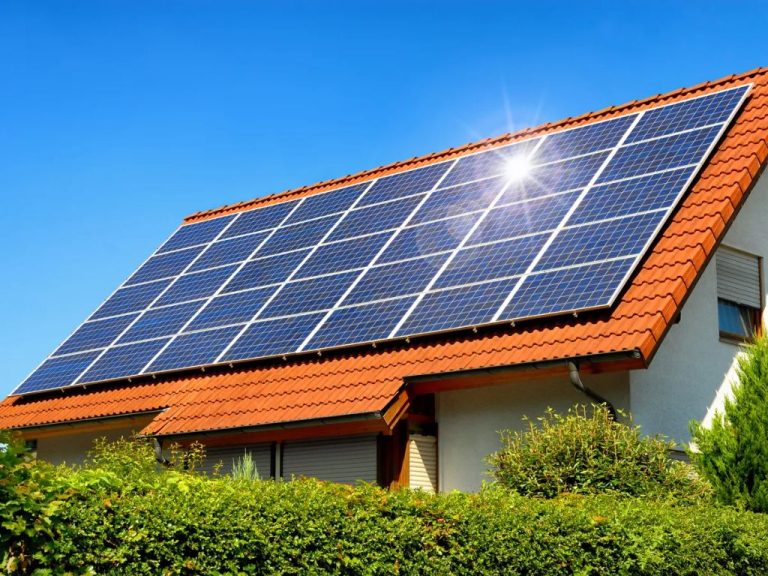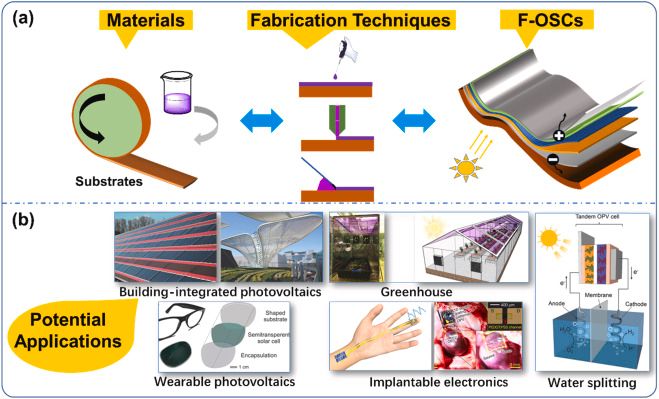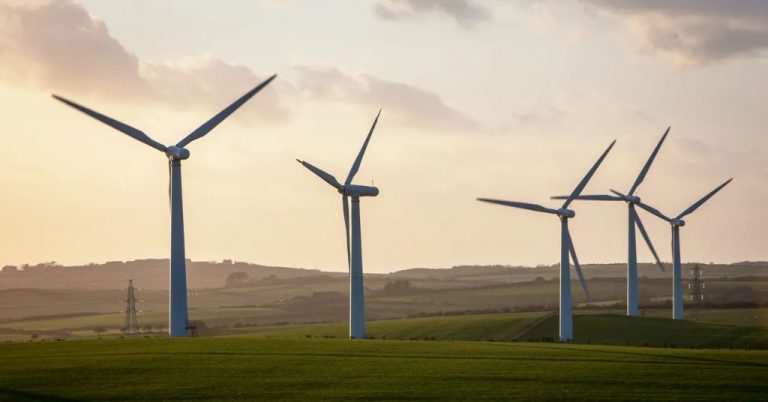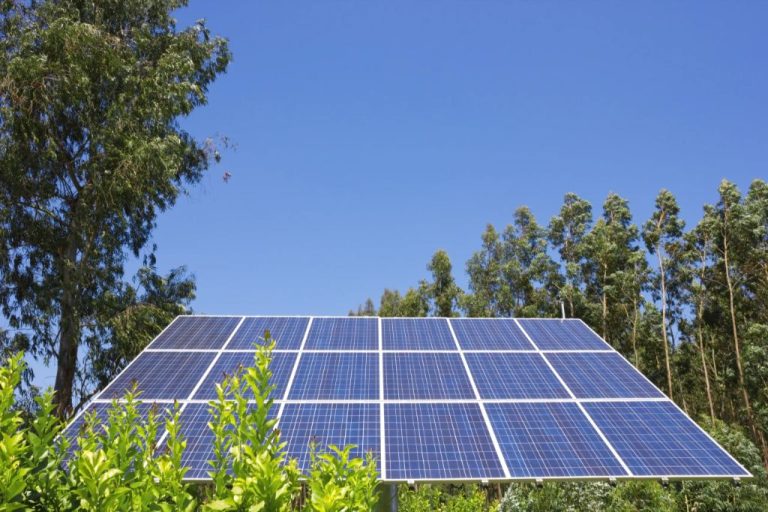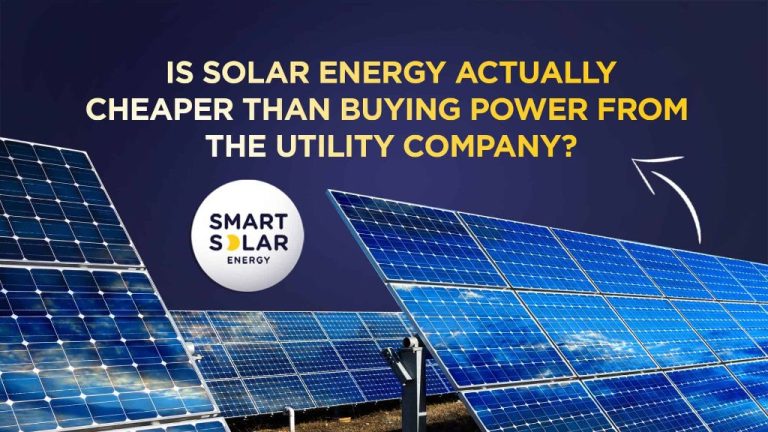Can Solar Energy Be Stored And Transported?
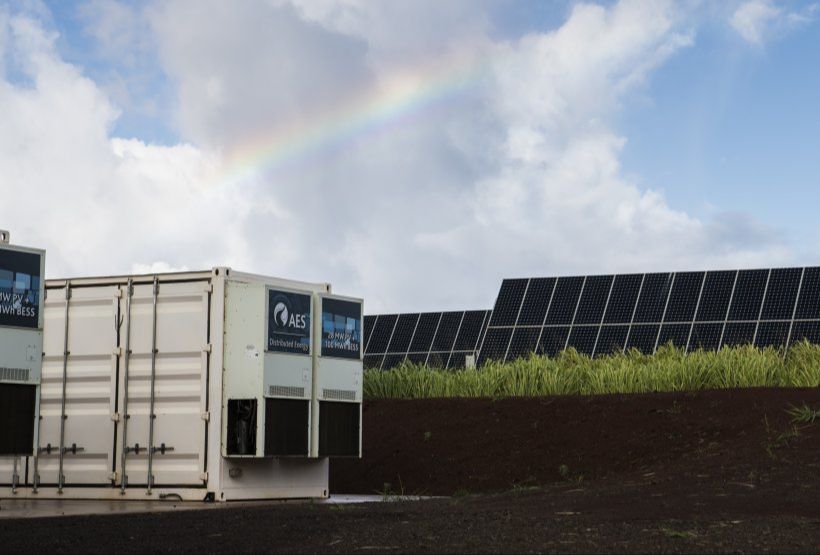
Solar energy is generated directly from sunlight using photovoltaic panels. As solar power grows as a share of energy generation, solving solar intermittency through storage and transportation becomes increasingly important. Solar power relies on the sun shining, and output can fluctuate throughout the day and between seasons. Being able to store solar energy for use when the sun isn’t shining enables solar to provide consistent baseload power. Transporting solar electricity from areas with abundant sunlight to areas of high demand also increases the viability of solar energy. This article will examine methods for storing and transporting solar energy, the challenges involved, and potential solutions.
How Solar Energy is Generated
There are two main technologies that utilize solar energy to generate electricity – photovoltaic solar panels and concentrated solar power.
Photovoltaic Solar Panels
Photovoltaic (PV) solar panels contain solar cells made of semiconducting materials like silicon that directly convert sunlight into electricity through the photovoltaic effect. When sunlight hits these cells, the absorbed energy knocks electrons loose, allowing them to flow freely and produce an electric current. This DC current is fed through an inverter to convert it into AC current that can power equipment and appliances (National Grid, 2023). PV panels are modular, scalable and can be installed on rooftops or ground-mounted. They require no fuel and minimal maintenance, making them a clean, renewable source of electricity.
Concentrated Solar Power
Concentrated solar power (CSP) systems use mirrors or lenses to concentrate a large area of sunlight onto a small area. The concentrated heat is then used as a thermal energy source to heat a fluid that creates steam to spin a turbine and generate electricity (DOE, 2022). CSP technology allows energy from the sun to be dispatched on demand, day or night. However, CSP requires direct solar radiation to operate, meaning it cannot convert diffuse light into electricity. CSP plants are very large installations best suited for utility-scale power generation.
Challenges of Solar Intermittency
One of the main challenges of solar energy is that it is an intermittent energy source, meaning it fluctuates throughout the day and seasons. Solar power generation peaks when the sun is shining brightest during the afternoon, but drops off to zero at night and is reduced on cloudy days. This creates a mismatch between peak solar generation and peak electricity demand, which often occurs later in the evening.
This mismatch is illustrated by what’s known as the “duck curve.” The duck curve graphs net energy load over the course of a day. As more solar is added to the grid, the belly of the duck grows fatter during the afternoon as solar generation increases. Then as the sun sets, net load rapidly ramps up, creating the neck of the duck. This rapid change in electricity supply and demand during the evening can strain the grid and make it challenging to integrate more renewable energy.
The duck curve was first observed in California, which has abundant solar generation capacity. But the duck curve effect is becoming more pronounced across grids globally as solar penetration increases (Energy.gov). Steps to flatten the duck curve include increasing grid flexibility, smarter charging of EVs, better solar forecasting, and energy storage.
Methods to Store Solar Energy
There are several ways to store the energy generated from solar panels for later use when the sun is not shining. Two of the main methods are batteries and pumped hydro storage.
Batteries are one of the most common ways to store solar energy, especially for residential systems. The most popular type is lithium-ion batteries, which are relatively inexpensive, compact, efficient, and have a long lifespan compared to other battery technologies [1]. Battery systems allow solar panel owners to store excess energy produced during the day and use it at night or on cloudy days. They also help stabilize the electrical grid by releasing energy during peak demand times.
Pumped hydro storage involves pumping water uphill into a reservoir when energy supply exceeds demand. Then when extra energy is needed, the water is released to flow downhill through turbines that generate electricity. Pumped hydro allows utilities to store very large amounts of energy, often gigawatt-hours. It requires specific geographic sites with upper and lower reservoirs, but is a proven and cost-effective grid-scale energy storage method [2].
Another grid-scale solar storage method is molten salt storage. Mirrors concentrate sunlight to heat molten salt, which retains the thermal energy. The hot salt can be stored and later used to create steam to drive a turbine and generator to produce electricity when it’s needed.
Challenges of Grid-Scale Solar Storage
While storing solar energy offers many benefits, implementing grid-scale solar storage faces some key challenges:
High costs – Building large-scale battery facilities is currently very expensive, with costs ranging from $300-600 per kWh of storage capacity. The high upfront costs can deter investment and widespread adoption (GAO report).
Limited capacities – Most grid-scale lithium-ion batteries have capacities of only 4-8 hours (Huang et al.). This limits how much solar electricity they can store from daytime to meet nighttime demand.
Geographic constraints – Suitable sites are needed for grid storage facilities, with easy grid connections and minimal environmental impacts. Available land can be limited, especially in urban areas.
Transporting Solar Electricity
Transporting electricity generated from solar power presents some unique challenges. Unlike fossil fuels, electricity cannot easily be moved from one location to another. Solar farms and solar panels are fixed installations that generate electricity at a single site. To move that energy to distant population centers requires transmission infrastructure.
The most common way to transport solar electricity over long distances is by using high voltage transmission lines. These above-ground power lines carry electricity at extremely high voltages, like 500,000 volts. This allows the electricity to move efficiently over hundreds of miles with minimal power loss along the way (https://la-solargroup.com/are-there-ways-to-transport-solar-energy/). The high voltages reduce the amount of current required, which reduces the amount of energy lost to resistance during transmission.
Another emerging technology for long distance solar transmission is high voltage direct current (HVDC). Traditional alternating current (AC) electricity is not ideal for long distance transmission because the reversing current causes power losses. HVDC converts the electricity to direct current (DC), which flows continuously in one direction. This allows efficient power transmission over very long distances. HVDC lines are used to transmit hydroelectric and wind power, and show promise for connecting remote solar farms to cities far away (https://proesolar.com/tips/how-solar-panels-transport-energy/).
Challenges of Transmission
Transporting solar electricity over long distances presents major challenges. Solar farms are often located far from population centers where the energy is needed. Transmitting electricity over hundreds of miles can result in significant power losses due to resistance in transmission lines. According to research from Energy5, distance limitations are a key scalability issue for implementing solar transportation solutions.
Building long-distance, high-voltage direct current (HVDC) transmission lines to connect solar generation with load centers is extremely expensive. The costs of rights-of-way, conductors, substations and other infrastructure can make projects prohibitively costly. As noted in an article from LA Solar Group, transporting solar power from one location to another “could result in prohibitive costs.”
Finally, efficiency losses are unavoidable when transmitting electricity over long distances. Power losses from electrical resistance can reach 15% or more on extremely long transmission lines. Improving transmission efficiency will be crucial for enabling widespread solar electricity transport.
Improving Storage and Transportation
Significant research is being done to improve the storage and transportation of solar energy. The U.S. Department of Energy has invested in research to develop more efficient and cost-effective energy storage technologies like batteries, thermal storage, and hydrogen production (U.S. Department of Energy, 2022). These technologies allow solar energy to be stored when supply exceeds demand and then discharged when needed.
New battery chemistries like lithium-ion and flow batteries are enabling longer duration energy storage. Thermal energy storage using molten salt can store massive amounts of energy efficiently. Power to gas conversion can harness excess solar power to produce storable hydrogen fuel via electrolysis (U.S. Department of Energy, 2022).
On the policy front, the U.S. government has funded programs to deploy solar+storage systems and build out transmission infrastructure. The Energy Storage for Social Equity initiative is helping underserved communities adopt solar energy storage, while the Solar Energy Innovation Network is working to modernize the grid for solar integration (U.S. Department of Energy, 2022).
With continued innovation and strategic policies, the storage and transportation of solar power will become more efficient and cost-effective. This will enable the widespread utilization of solar energy beyond the times and places where it is directly harvested from sunlight.
The Future of Solar
The future looks bright for solar energy. Experts project that solar power capacity will continue expanding rapidly, as costs keep falling and solar becomes increasingly competitive with fossil fuels. By 2040, solar could provide up to 15% of global electricity generation, according to projections by BloombergNEF. Key factors driving growth include improvements in solar panel efficiency, energy storage technology, and policies supporting renewable energy adoption.
One major development is improvement in solar cell efficiency. Researchers are exploring new materials and technologies to increase the amount of sunlight that can be converted into electricity. Perovskite solar cells already reach efficiencies over 25% in lab tests, compared to around 20% for standard silicon cells. Further innovation could boost maximum solar cell efficiency to 30% or higher.
Equally important are advances in energy storage and transmission. As discussed previously, storing solar energy allows it to be used when the sun isn’t shining. New battery and other storage technologies will enable wider solar deployment. Meanwhile, upgrading power grids will allow solar electricity to be transported from sunny regions to demand centers. Storage and transmission are critical for solar to reach very high levels of penetration.
With solar costs falling dramatically and continued technology improvements on the horizon, solar power is poised to play a major role in the world’s clean energy future. However, realizing solar’s full potential will require additional progress in areas like storage and grid modernization.
Conclusion
In summary, solar energy does have the ability to be stored and transported, but there are still challenges to overcome. The main methods for storing solar power include batteries, thermal energy storage, and pumped hydroelectric storage. While battery technology is rapidly improving, current battery storage is still limited for grid-scale use. Thermal and pumped hydro storage allow larger amounts of energy to be stored, but geographic constraints limit these solutions. When it comes to transporting solar electricity, high voltage DC transmission lines are the most efficient approach. However, infrastructure costs are high and getting rights of way can be difficult. Overall, technology for storing and moving solar power is advancing, but has not yet reached the capacity needed for 100% solar. With continued research and development, the future looks bright for being able to store and transport solar energy at scale. The key will be driving down costs and increasing efficiency of storage to make solar a truly flexible and dispatchable energy source.

